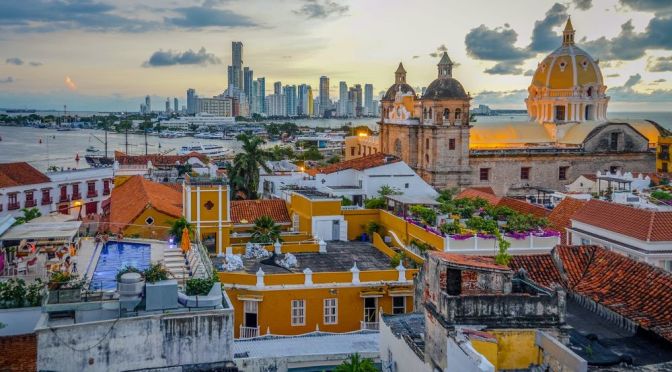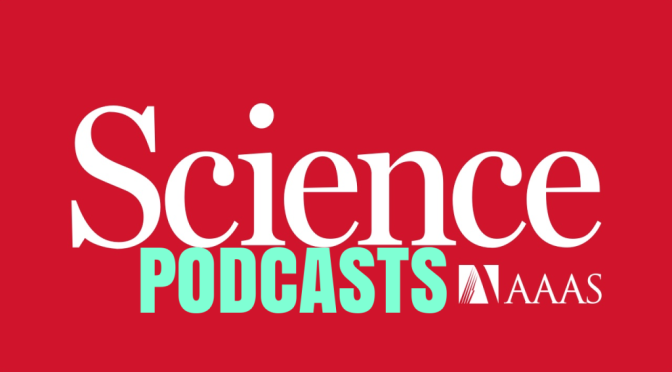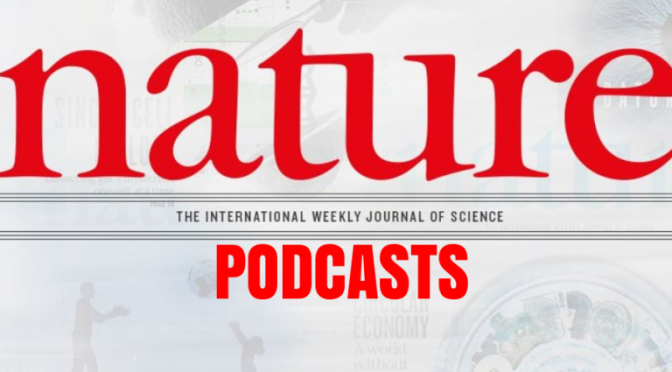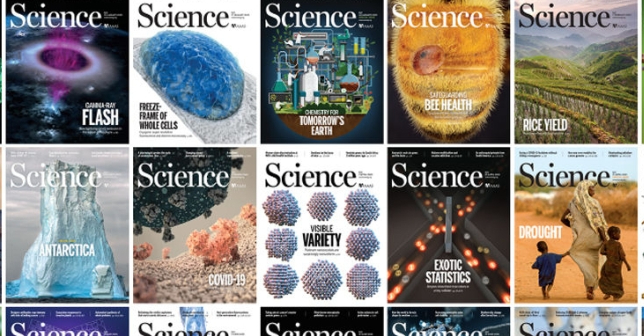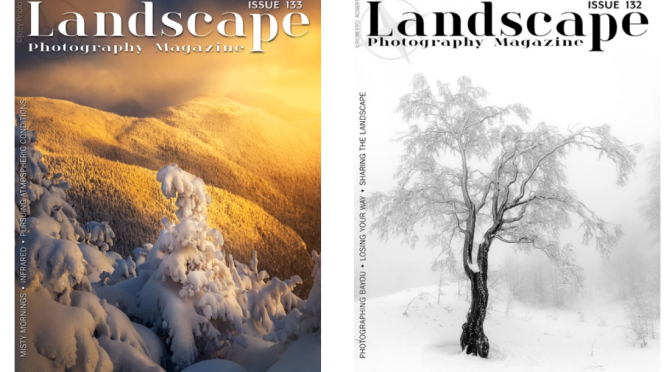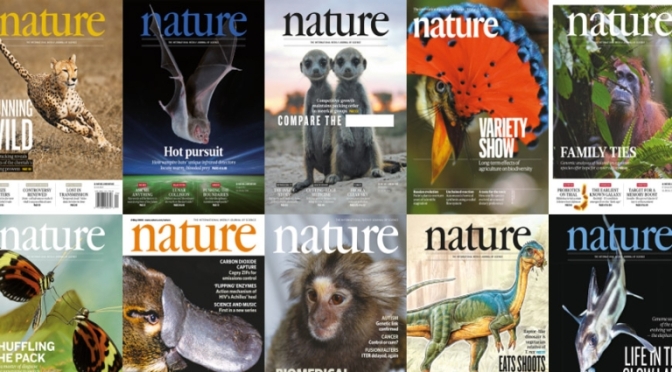A.M. Edition for July 6. Military strategists are learning in real time how future wars will be fought. WSJ Brussels bureau chief Dan Michaels explains how the war in Ukraine could shape future conflicts. Plus, the doom cycle haunting Italian banks. Luke Vargas hosts.
Category Archives: Uncategorized
Morning News: ‘Russian Davos’ Agenda, Violence In Brazil, World Art Review
What’s on the agenda of this year’s “Russian Davos”? Plus: we speak with the head of the Latin America desk at Reporters Without Borders and give you the latest art and culture news.
Morning News: Biden Asia Trip, Australia Elections, 2022 Cannes Film Festival
We discuss President Biden’s trip to Asia and his goals to strengthen ties in the region. Plus: we preview this weekend’s elections in Australia, catch up on the latest from the Cannes Film Festival, and hear about a symphony that is out of this world.
City Views: Cartagena In Columbia, South America
Cartagena is a port city on Colombia’s Caribbean coast. By the sea is the walled Old Town, founded in the 16th century, with squares, cobblestone streets and colorful colonial buildings. With a tropical climate, the city is also a popular beach destination. Reachable by boat are Isla de Barú, with white-sand beaches and palm trees, and the Islas del Rosario, known for their coral reefs.
Previews: New York Times Book Review – May 1, 2022

- Abandoned, Trafficked, Living as a Man: A Chinese-American Coming of Age A debut novel takes a new spin on the 19th-century western. April 18, 2022 By JENNIFER EGAN
- ESSAY At 100, the ‘Just William’ Books Are an Icon of British Childhood Richmal Crompton’s prototypical schoolboy has survived war, upheaval, changing tastes and a new world. He’s still just 11. April 22, 2022 By SASKIA SOLOMON
Science: Climate Change Hits Desert Soil, Mayan Calendars In Guatemala
On this week’s show: Climate change is killing critical soil organisms in arid regions, and early evidence for the Maya calendar from a site in Guatemala.
Staff Writer Elizabeth Pennisi joins host Sarah Crespi to discuss how climate change is affecting “biocrust,” a thin layer of fungi, lichens, and other microbes that sits on top of desert soil, helping retain water and create nutrients for rest of the ecosystem. Recent measurements in Utah suggest the warming climate is causing a decline in the lichen component of biocrust, which is important for adding nitrogen into soils.
Next, Sarah talks with Skidmore College anthropologist Heather Hurst, who directs Guatemala’s San Bartolo-Xultun Regional Archaeological Project, and David Stuart, a professor of art history and director of the Mesoamerica Center at the University of Texas, Austin, about their new Science Advances paper. The study used radiocarbon dating to pin down the age of one of the earliest pieces of the Maya calendar. Found in an archaeological dig in San Bartolo, Guatemala, the character known as “seven deer” (which represents a day in the Maya calendar), was dated to 300 B.C.E. That early appearance challenges what researchers know about the age and origins of the Maya dating system.
Science: Longer Lives And Slower Mutations, The Largest Galaxy Structure
For biologists, a long-standing question has been why some animals live longer than others. This week a team have attempted to answer this, by measuring the rates that different animal species accumulate mutations. They show that longer-lived animals acquire mutations at a slower rate, which helps to explain why cancer risk does not scale with lifespan.
07:56 Research Highlights
A clinical trial suggests a change to the treatment of a pregnancy ailment, and astronomers identify the largest known structure produced by a single galaxy.
Research Highlight: Ambitious trial inspires a rethink on a common ailment of pregnancy
Research Highlight: Even among ‘giant’ galaxies this one is record-setting
10:43 The war in Ukraine’s effects on global energy
Many European countries are dependent on Russian fossil fuels for energy production. Following Russia’s unprovoked invasion of Ukraine, these countries are looking to wean themselves off these fuels, which could have short- and long-term impacts on emissions and food production.
Feature: What the war in Ukraine means for energy, climate and food
Editorial: The EU can simultaneously end dependence on Russia and meet climate goals
Editorial: The war in Ukraine is exposing gaps in the world’s food-systems research
19:58 A new measurement of a particle’s mass hints at new physics
Last week, a new estimate of the W boson’s mass caused much excitement among physicists. The result suggests that this particle is heavier than theory predicts, a finding that could be the first major breach in the standard model of particle physics. However, measuring W bosons is notoriously tricky, and further work will be needed to confirm the finding.
News: Particle’s surprise mass threatens to upend the standard model
Cover Preview: Science Magazine – April 8, 2022
Cover Preview: Landscape Photography – April 2022
Cover Preview: Nature Magazine – March 3
This Week
- Editorial | 28 February 2022Wanted: better systems for turning evidence into actionThe pandemic created a colossal demand for scientific evidence to inform decision-making. Now researchers are mapping out what went wrong and what needs to change.
- Editorial | 01 March 2022Nature is trialling transparent peer review — the early results are encouragingLast year, nearly half of Nature authors agreed to publish anonymous referee reports. We hope that more will consider doing so this year.


